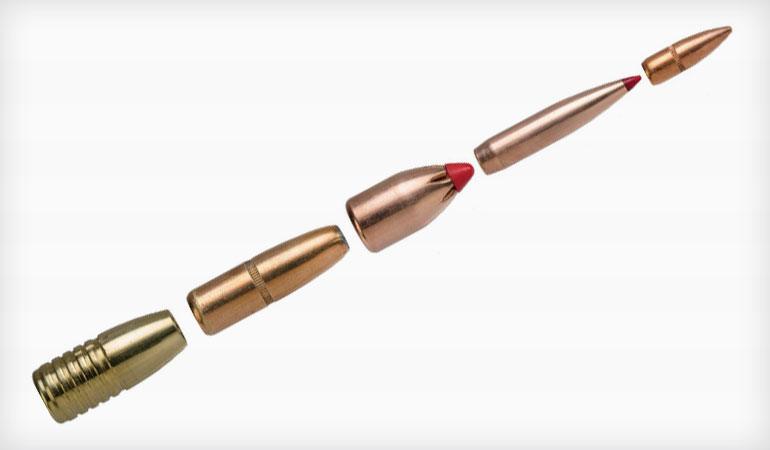This apparent effect has never been documented in testing situations. I cannot see any cause beyond a shooter's technique combined with optics. If you set up your scope and rifle to print to the side of the aiming point on a 100 yd target and choose your aiming point at 300 yds (rifle still printing at 100 yd) you will always see proportionally smaller groups at 100 yards than at 300. In other words, if your rifle prints a perfect 1 moa at 100 yds, it will repeatably print larger than 1 moa at 300 due to more variables acting disparately and for more time on each shot. On the rare occasion that you get a smaller than 1 moa at 300, it is simply statistics attributable to the random nature of group size - it will not be reliably repeatable. I am not saying you won't observe the occasional smaller moa group at 300 vs 100 but if you observe it regularly, there is a problem with the shooter and/or the optics.

